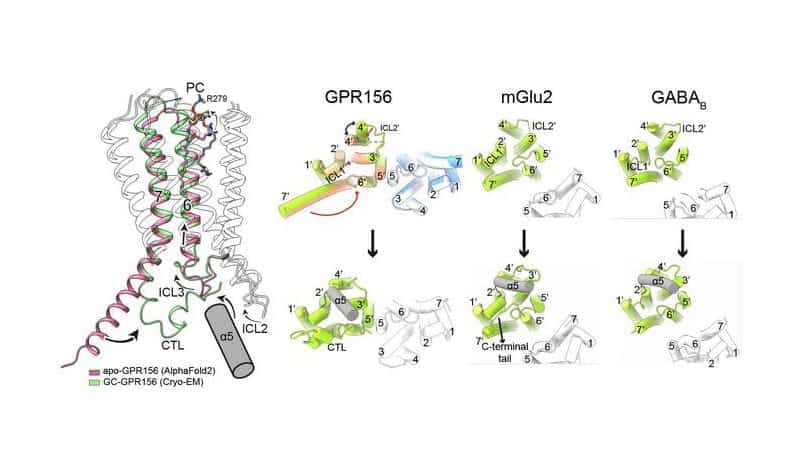Summary: A new study delved into the structural and functional intricacies of the GPR156 receptor protein, shedding light on its role in auditory and balance functions. Researchers uncovered the mechanisms behind GPR156’s sustained activity and its potential implications for congenital hearing impairments.
Takeaways:
- The new study provides novel insights into the GPR156 receptor protein. Understanding its structural dynamics and activation mechanisms is pivotal for addressing congenital hearing impairments.
- By utilizing cryo-EM analysis, the researchers achieved unprecedented resolution in studying GPR156. This underscores the importance of advanced imaging techniques in unraveling the complexities of biological systems at the molecular level.
- The findings pave the way for potential therapeutic interventions targeting GPR156 to alleviate congenital hearing loss and balance impairments.
Researchers from the Pohang University of Science and Technology published study results to uncover the mysteries surrounding a specific receptor protein associated with hearing.
Professor Yunje Cho’s research team from the Department of Life Sciences at Pohang University of Science and Technology (POSTECH, Republic of Korea) collaborated with Professor Kwang Pyo Kim’s group from the Department of Applied Chemistry at Kyung Hee University (KHU, ROK), Professor Vsevolod Katritch’s team from the University of Southern California, and Professor Carol V. Robinson from the University of Oxford for the study. Their findings have recently been published in the online edition of Nature Structural & Molecular Biology.
GPR156 for Congenital Hearing Loss Intervention
Deep within the inner ear lie the cochlea, responsible for sound detection, and the vestibular apparatus, which oversees balance. Cells within these regions harbor a class C orphan G-protein-coupled receptor (GPCR) called GPR156. When this receptor is activated, it binds with G-proteins inside the cell, facilitating signal transmission. Unlike its counterparts, GPR156 exhibits sustained activity even in the absence of external stimuli, playing a pivotal role in upholding auditory and balance functions. Unveiling the structural and functional intricacies of GPR156 holds promise for devising interventions for individuals with congenital hearing impairments.
The research team employed cryo-electron microscopy (cryo-EM) analysis to delve into the GPR156 in the Go-free and Go-coupled states, achieving unprecedented resolution. Their investigation unearthed the mechanisms behind GPR156’s ability to maintain heightened activity sans activators.
Structural Dynamics and Activation Mechanisms of GPR156
Their analysis confirmed that GPR156 activation hinges on its interaction with abundant lipids in the cell membrane, triggering structural shifts upon engagement with G-proteins in the cytoplasm. Notably, unlike conventional GPCRs, GPR156 exhibits flexibility in altering the structure of the seventh helix as it traverses the cell membrane, thereby facilitating binding with G-proteins and orchestrating signal activation to detect sound. This study represents a crucial step forward in unraveling the structural dynamics and activation mechanisms of GPR156.
“Congenital hearing and balance impairments afflict numerous individuals,” says Professor Yunje Cho of POSTECH. “I am hopeful that our research will pave the way for groundbreaking treatments and drug discoveries to alleviate their suffering.”
This research received financial support from the National Research Foundation of Korea.
Further reading: Natural Repair Process Fixes Damaged Hair Cells
Featured image: Schematic diagram illustrating the activation mechanism of GPR156 in comparison with representative class C GPCRs, mGlu2, and GABAB receptors. Photo: POSTECH




